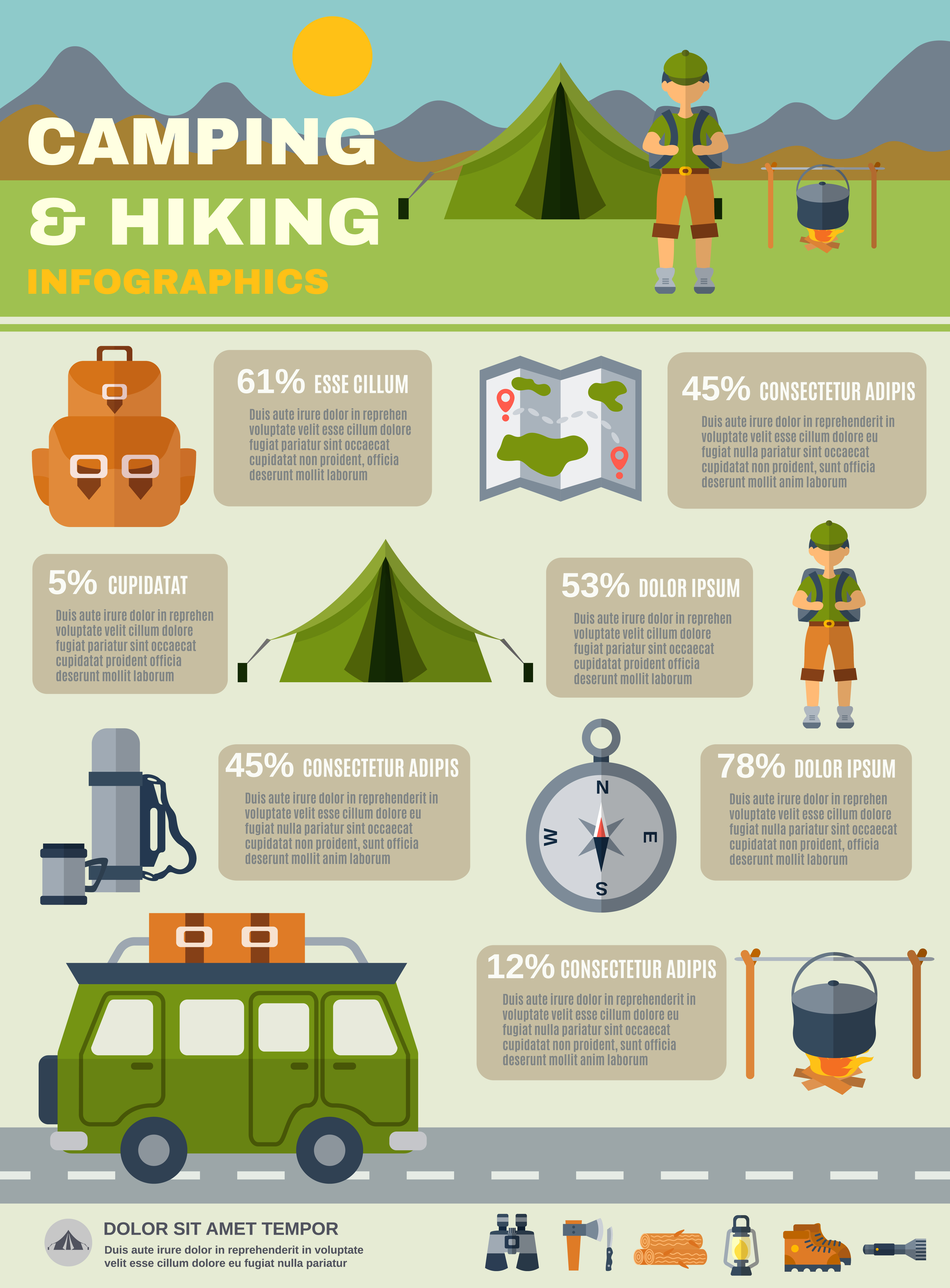Wintertime camping is a fun and adventurous experience, but it requires proper gear to ensure you remain cozy. You'll require a close-fitting base layer to catch your temperature, in addition to an insulating coat and a waterproof covering.
You'll likewise require snow stakes (or deadman anchors) hidden in the snow. These can be connected using Bob's clever knot or a normal taut-line drawback.
Pitch Your Camping tent
Wintertime outdoor camping can be an enjoyable and adventurous experience. Nevertheless, it is very important to have the correct gear and recognize how to pitch your outdoor tents in snow. This will stop chilly injuries like frostbite and hypothermia. It is likewise essential to consume well and stay hydrated.
When setting up camp, see to it to pick a site that is protected from the wind and without avalanche danger. It is also a good concept to pack down the location around your tent, as this will help reduce sinking from temperature.
Prior to you established your outdoor tents, dig pits with the exact same size as each of the support factors (groundsheet rings and man lines) in the facility of the camping tent. Fill these pits with sand, rocks or even things sacks filled with snow to small and safeguard the ground. You may additionally want to take into consideration a dead-man anchor, which includes connecting tent lines to sticks of timber that are hidden in the snow.
Pack Down the Area Around Your Outdoor tents
Although not a need in most areas, snow stakes (likewise called deadman supports) are an exceptional enhancement to your tent pitching package when camping in deep or compressed snow. They are essentially sticks that are made to be uv protection hidden in the snow, where they will certainly ice up and develop a solid anchor factor. For finest outcomes, utilize a clover hitch knot on the top of the stick and bury it in a few inches of snow or sand.
Establish Your Camping tent
If you're camping in snow, it is a great concept to utilize a tent made for winter season backpacking. 3-season camping tents work great if you are making camp below timber line and not expecting especially harsh climate, yet 4-season tents have sturdier poles and textiles and supply more defense from wind and heavy snowfall.
Be sure to bring ample insulation for your resting bag and a warm, dry blow up floor covering to sleep on. Inflatable floor coverings are much warmer than foam and assistance avoid cool areas in your camping tent. You can also include an extra mat for resting or food preparation.
It's likewise an excellent idea to set up your outdoor tents close to an all-natural wind block, such as a group of trees. This will certainly make your camp much more comfy. If you can not locate a windbreak, you can create your very own by excavating openings and hiding things, such as rocks, tent risks, or "dead man" anchors (old outdoor tents man lines) with a shovel.
Restrain Your Outdoor tents
Snow risks aren't required if you utilize the right strategies to secure your camping tent. Hidden sticks (possibly collected on your technique walk) and ski poles work well, as does some version of a "deadman" hidden in the snow. (The idea is to produce an anchor that is so solid you will not be able to draw it up, even with a great deal of initiative.) Some producers make specialized dead-man supports, yet I choose the simpleness of a taut-line drawback linked to a stick and then buried in the snow.
Understand the surface around your camp, especially if there is avalanche risk. A branch that falls on your camping tent can harm it or, at worst, wound you. Also be wary of pitching your tent on an incline, which can catch wind and result in collapse. A sheltered location with a low ridge or hillside is better than a high gully.
